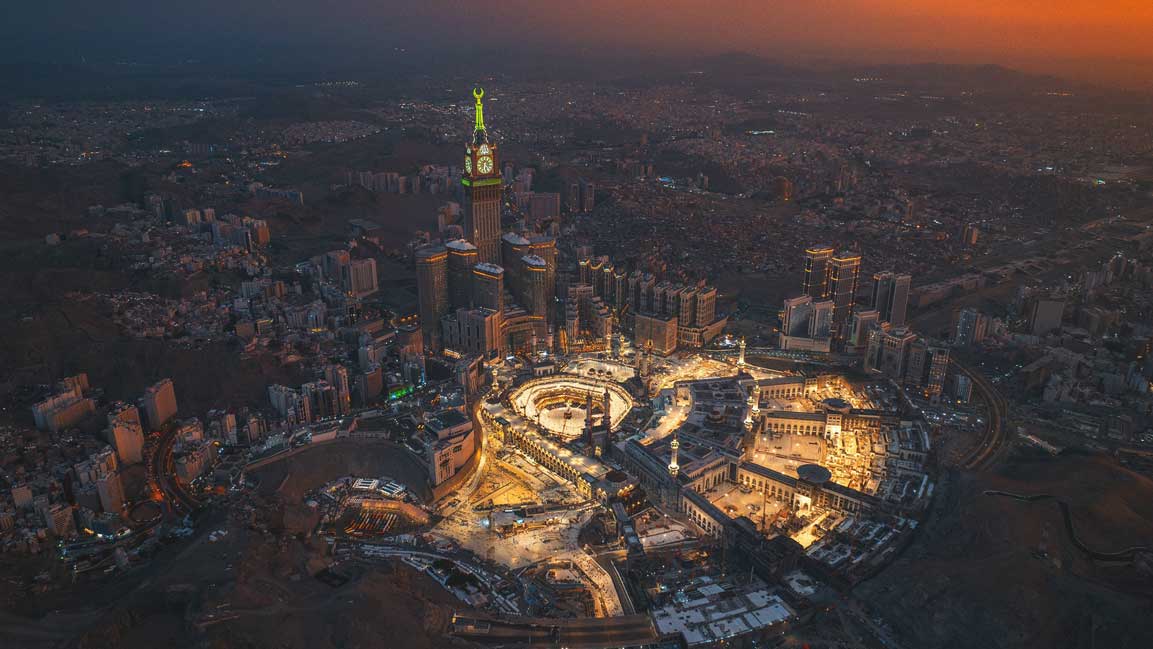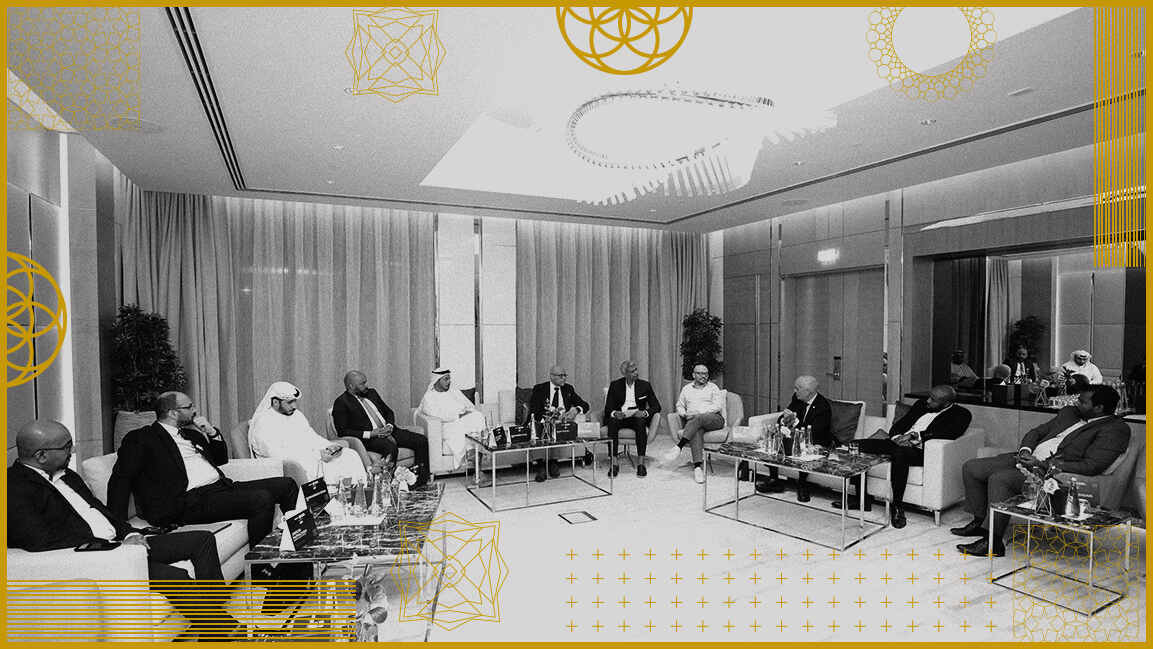For millions of Muslims worldwide, Hajj represents the pinnacle of spiritual fulfillment. Yet its logistical complexity is also a profound test of resilience. Every Hajj season tells two intertwined stories: one of prayer and purpose, and another of preparation and protection.
At stc group, technology is about more than hardware; it is about trust. Behind the scenes of the Hajj pilgrimage lies a vast network of innovative solutions designed to anticipate and respond swiftly to emergencies. Utilizing these networks of advanced technologies ensures trust that essential services throughout Hajj will stand firm, even under extraordinary pressure.
This commitment isn’t just technical. It’s personal, grounded in the responsibility stc feels towards those who’ve trusted them with their safety during a sacred journey.
THE QUIET FORCE BEHIND HAJJ
Emergency preparedness is a cornerstone of stc’s Hajj strategy. Under the annual slogan, “Our Resilience Goes Further”, the company rigorously tests its response and recovery plans, activating contingency protocols and deploying mobile tactical units from recovery centers across the Kingdom to ensure swift restoration of services. With millions relying on uninterrupted communication during Hajj, even brief disruptions can have far-reaching consequences. That’s why stc’s preparations go beyond routine maintenance, focusing on sustaining connectivity during emergencies across critical pilgrimage sites.
stc prioritizes crisis management and service continuity, even under the most challenging conditions. Backup power sources and contingency plans are in place to ensure the network remains operational even during total power outages. Rapid-response teams are trained to act swiftly, equipped to address floods, fires, and any threats to the infrastructure that supports millions of pilgrims.
To support this level of readiness, stc has developed mobile vehicles that operate as fully equipped control centers. These units are outfitted with integrated communications systems, stable power and cooling solutions, and the tools needed to restore operations wherever disruptions strike. By deploying emergency systems of this scale, aligned with international standards such as ISO 22301 for business continuity, stc became the first in the region to set this benchmark.
CONNECTIVITY WITHOUT COMPROMISE
stc group approaches the Hajj season with a focus on foresight and coordination, running emergency simulation drills in the lead-up to high network traffic periods like Hajj and Ramadan. These exercises test the network’s resilience at critical sites, ensuring that all systems, including mobile units, are fully operational when needed.
A significant part of this readiness includes the strategic deployment of a fleet of mobile trailers across Makkah to establish seamless network capacity in advance of the pilgrims’ arrival. More than 70 mobile communication towers are distributed across the holy sites, delivering extensive coverage and expanded capacity to meet the immense surge in demand.
Continuous monitoring plays a vital role in stc’s Hajj preparations strategy. Around-the-clock advanced monitoring centers track network performance in real time. Trained field teams are stationed at the holy sites well before Hajj begins and long after it ends, ready to step in the moment any issues appear. Spare parts are stocked across multiple maintenance centers and supply rooms throughout the region, and hundreds of skilled technicians are ready to respond to alerts and potential emergencies at any time.
This is not just about signal strength or network uptime. For stc, this is about protecting the experience of every pilgrim. It is about ensuring that even in the most complex moments, connection is unwavering. When the world comes together for something this sacred, there is no room for compromise. Hajj is a journey of faith. For stc, keeping pilgrims connected—quietly, consistently, and without hesitation—is an act of devotion in itself.









































